If the mid-points of the sides of a quadrilateral are joined in order, prove that the area of the parallelogram, so formed will be half of the area of the given quadrilateral (figure).
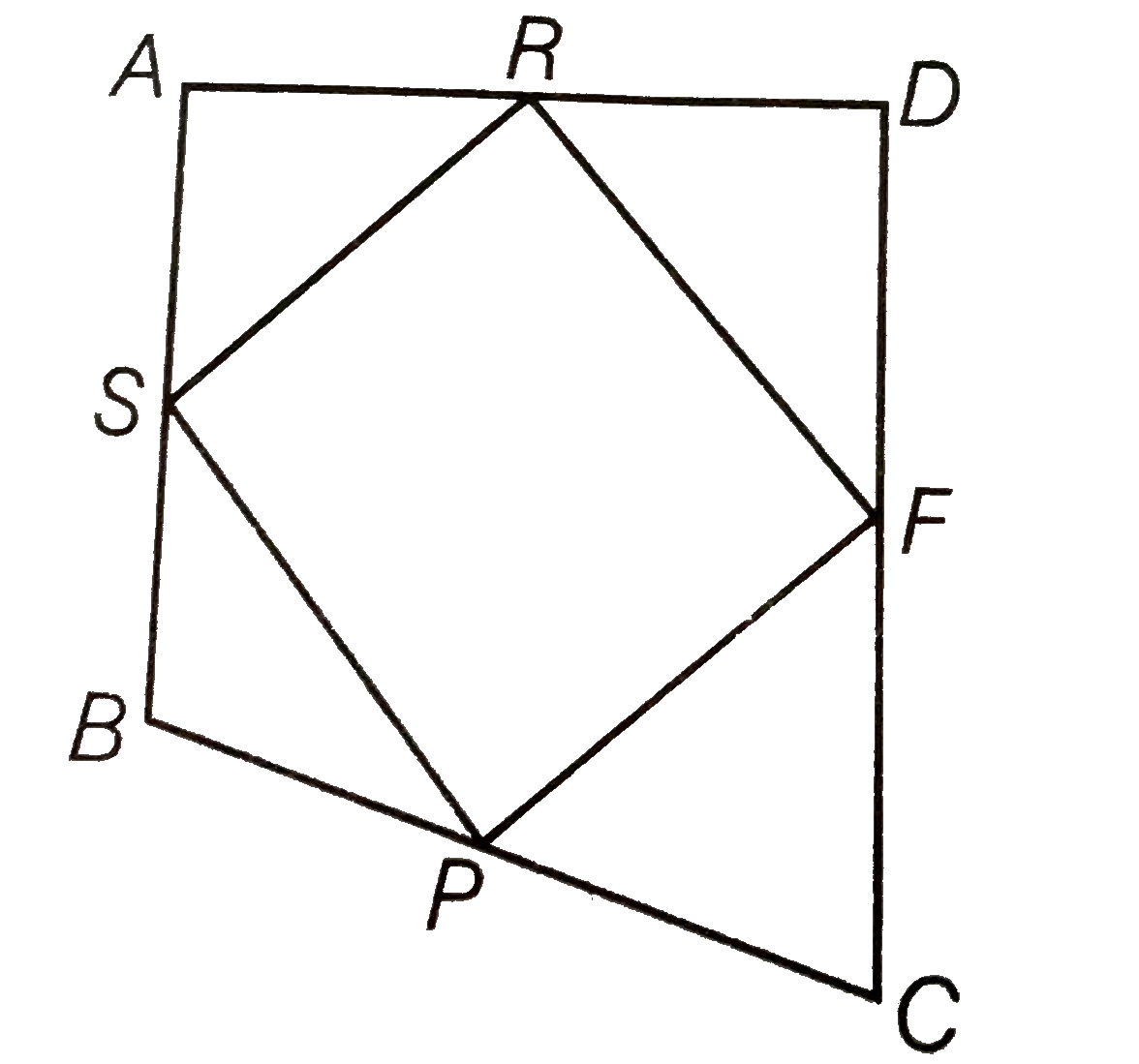
Given: A quadrilateral ABCD in which the mid-points of the sides of it are joined in order to form parallelogram PQRS.
TO prove: ar(∣∣gmPQRS)=12ar(□ABCD)
Consturction : Join BD and draw perpendicular from A on BD which intersect SR and BD at X and Y respectively.
Proof: In ΔABD, S and R are the mid-points of sides AB and AD respectively
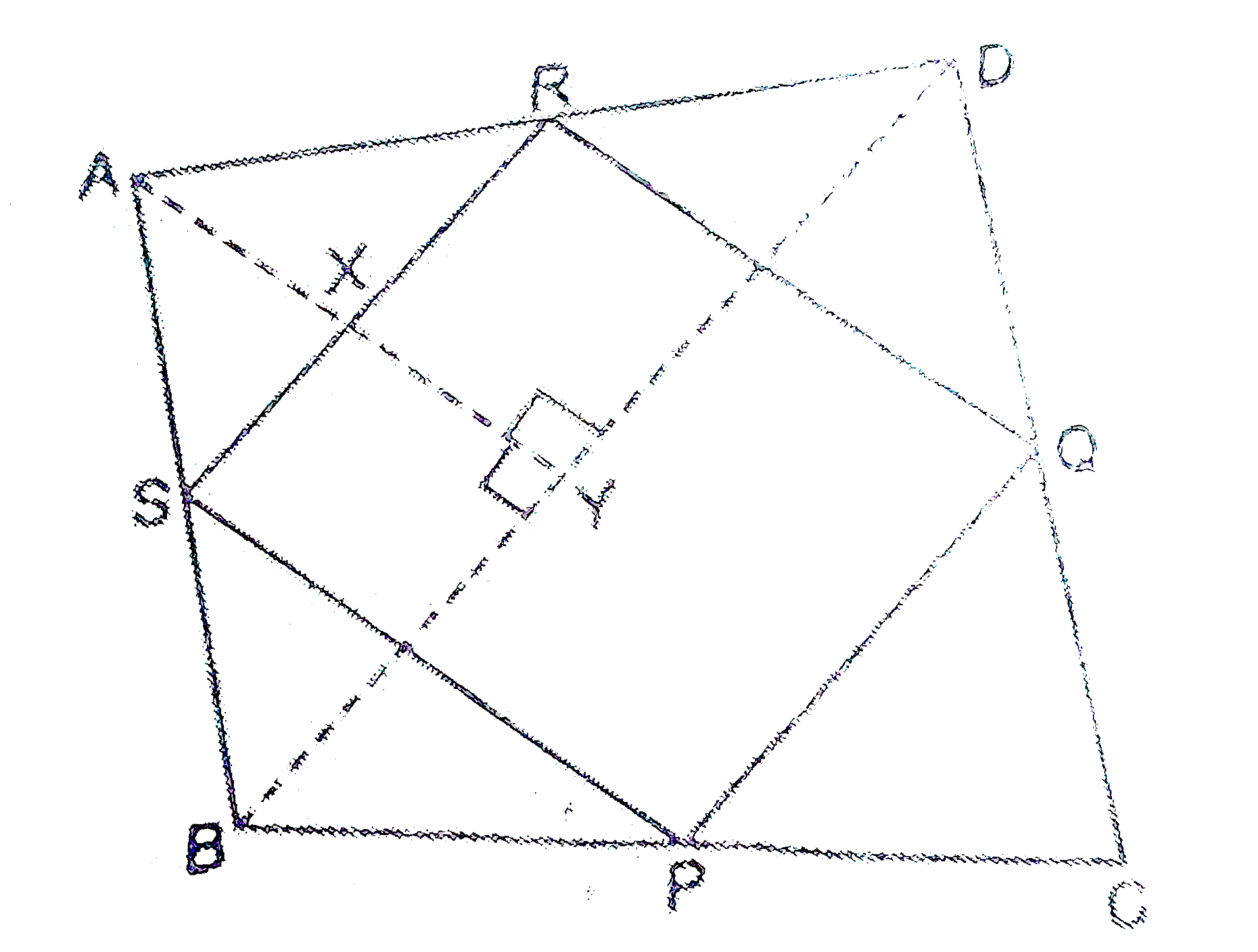
∴SR∣∣BD
⇒SX∣∣BY
⇒ X is the mid-point of AY (converse of mid-point theorem)
⇒AX=XY ...(1)
and SR=12BD ( ∵ mid-point theorem)..(2)
Now, ar(ΔABCD)=12×BD×AY
and ar(ΔASR)=12×SR×AX
⇒ar(ΔASR)=12×(12BD)×(12AY) [using (1) and (2)]
⇒ar(ΔASR)=14×(12BD×AY)
⇒ar(ΔASR)=14ar(ΔABD)...(3)
Similarly,
ar(ΔCPQ)=14ar(ΔCBD)...(4)
ar(ΔBPS)=14ar(ΔBAC)...(5)
ar(ΔDRQ)=14ar(ΔDAC)...(6)
Adding eqs. (3), (4), (5) and (6), we get
ar(ΔASR)+ar(ΔCPQ)+ar(ΔBPS)+ar(ΔDRQ)
=14ar(ΔABD)+14ar(ΔCBD)+14ar(ΔBAC)+14ar(ΔDAC)
=14[ar(ΔABD)+ar(ΔCBD)+ar(ΔBAC)+ar(ΔDAC)]
=14[ar(□ABCD)+ar(□ABCD)]=14×2ar(□ABCD)=12ar(□ABCD)
∴ar(ΔASR)+ar(ΔCPQ)+ar(ΔBPS)+ar(ΔDRQ)=12ar(□ABCD)
⇒ar(□ABCD)−ar(∣∣gmPQRS)=12ar(□ABCD)
⇒ar(∣∣gmPQRS)=ar(□ABCD)−12ar(□ABCD)
rArr ar (||gm PQRS) = (1)/(2) ar (square ABCD)
Topper's Solved these Questions
- BOOK - NAGEEN PRAKASHAN ENGLISHCHAPTER - AREA OF PARALLELOGRAMS AND TRIANGLESEXERCISE - Exercise34videos
AREA OF PARALLELOGRAMS AND TRIANGLES
- BOOK - NAGEEN PRAKASHAN ENGLISHCHAPTER - AREA OF PARALLELOGRAMS AND TRIANGLESEXERCISE - Revision Exercise (very Short Answer Questions)10videos
AREA OF PARALLELOGRAMS AND TRIANGLES
- BOOK - NAGEEN PRAKASHAN ENGLISHCHAPTER - AREA OF PARALLELOGRAMS AND TRIANGLESEXERCISE - Revision Exercise (long Answer Question)5videos
AREA OF PARALLELOGRAMS AND TRIANGLES
- BOOK - NAGEEN PRAKASHAN ENGLISHCHAPTER - CIRCLE EXERCISE - Revision Exercise (long Answer Questions )5videos
CIRCLE
Similar Questions
Knowledge Check
- Question 1 - Select One
In the figure, the area of the quadrilateral ABCD is 75. What is the area of parallelogram EFGH?
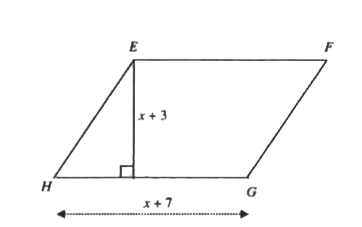 A96B153C157D171
A96B153C157D171 - Question 2 - Select One
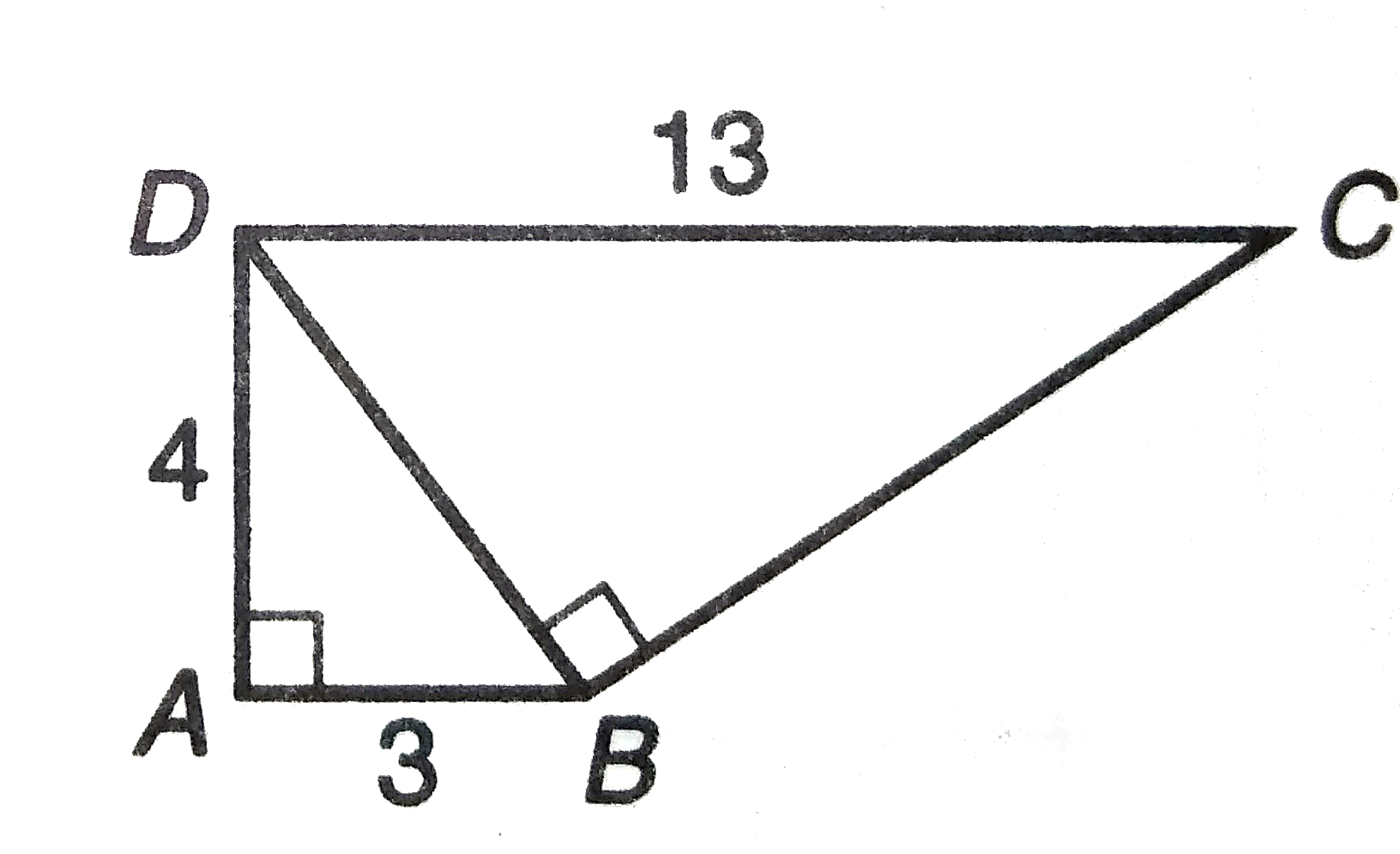
In the figure above, what is the area of quadrilateral ABCD?A28B32C36D42 - Question 3 - Select One
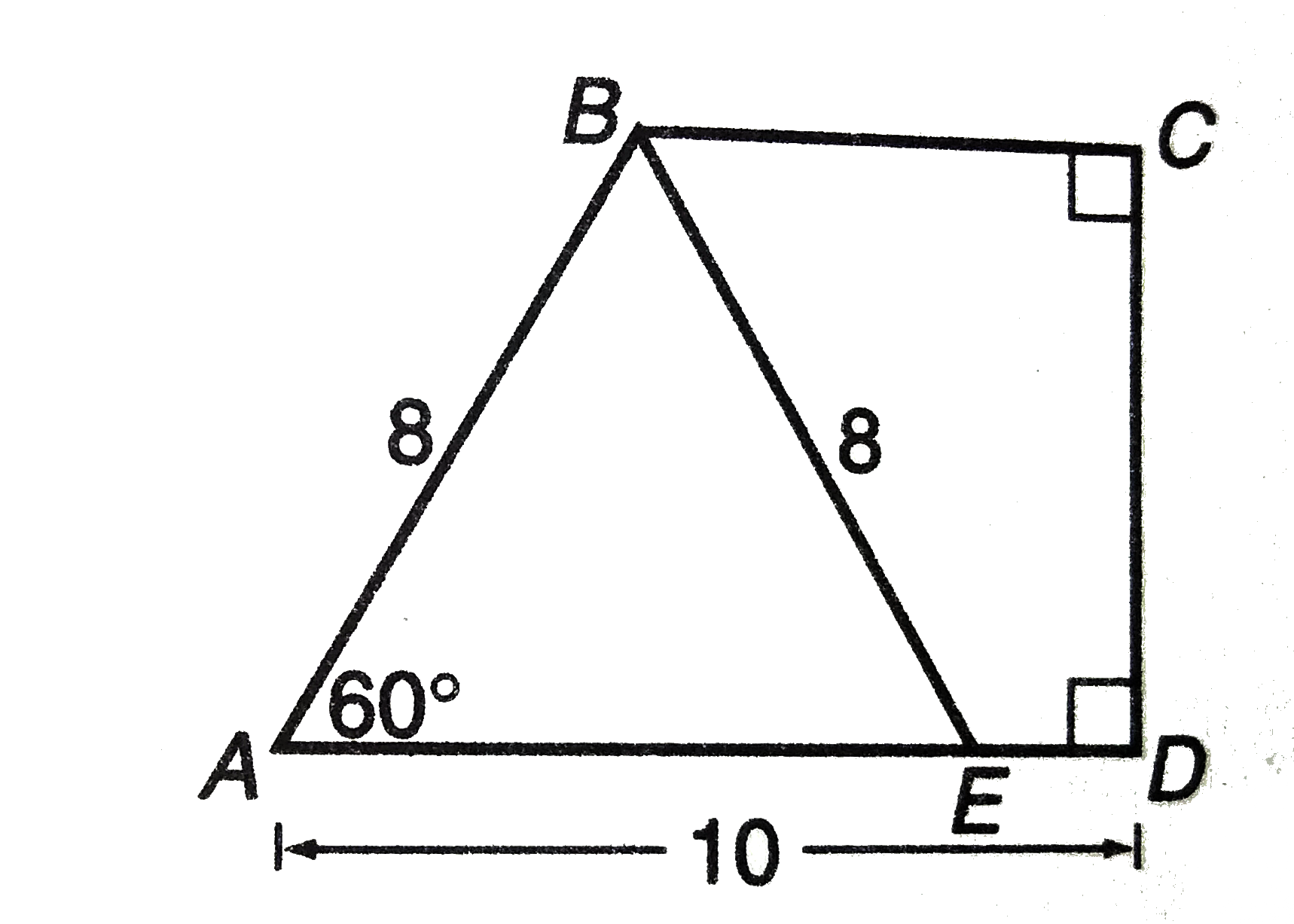
In the figure above, what is the area of quadrilateral BCDE?A8√3B16√3C8+4√3D4+12√3
The figure formed by joining the mid-points of the sides of a quadrilateral ABCD, taken in order, is a square only, if
View SolutionThe side of a given square is equal to a. The mid-points of its sides are joined to form a new square. Again, the mid-points of the sides of this new square are joined to form another square. This process is continued indefinitely. Find the sum of the areas of the squares and the sum of the perimeters of the squares.
View SolutionThe quadrilateral formed by joining the mid-points of the sides of a quadrilateral PQRS, taken in order, is a rectangle, if
View SolutionE,F,G,H are respectively, the mid-points of the sides AB,BC,CD and DA of parallelogram ABCD . Show that the quadrilateral EFGH is a parallelogram and that its area is half the area of the parallelogram, ABCD.
View SolutionIn Figure, compute the area of quadrilateral ABCD.
View Solution

